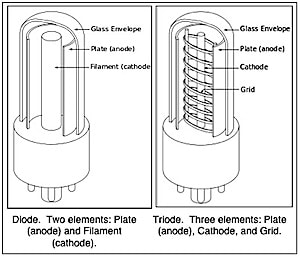Those of us who have worked in this field for years have taken thousands of ear impressions. And, just like nurses who give injections every day, it is easy for us to become desensitized to the importance and potential risks of this procedure.
Taking an ear impression is not a risk-free process. The safety of the patient’s ear can be put into jeopardy, and, along with it, our relationship with the patient. This essential task must be performed comfortably, safely, and competently.
I’ve seen patients come into my office after suffering substantial damage as a result of a poorly done ear impression. In one case, the patient was deaf in one ear and was being fitted monaurally in the other ear. During the impression taking, an accident occurred and as a result he lost a significant amount of hearing in his functioning ear.
AVOIDING ACCIDENTS
So, how do you avoid accidents while taking ear impressions? I have two suggestions.
First, before you start, make sure you have a wide assortment of otoblocks available: different sizes, different materials. And work in excellent light (I recommend using a good headlamp) so you have very clear visibility into the ear canal.
Second, after you place the otoblock into the canal, test it. Use a light bar and probe all parts of the otoblock. If the block is secure there will be limited or no movement when you probe it. If the otoblock moves when you probe it, that means it is not securely placed and you need to fix it.
You may need to select a larger otoblock or use multiple otoblocks in the canal to make sure it will not move during the impression taking.
There are times when I use cotton as a packing agent. However, this is problematic, as you must make sure to remove all the cotton strands from the ear after you have finished the impression.
I have taken classes on impression technique where the teacher advised us to have an assistant or the patient hold the string attached to the otoblock to prevent it from moving.
I disagree with this recommendation. It is very difficult to gauge the pressure of the injection material. If there is a weak spot in the “blockage” of the ear, the material can find a way to get around the block. Holding the string will not prevent the injection material from bypassing a loose-fitting otoblock.
PLAY IT SAFE
It takes extra time and effort to carefully test every otoblock you place. But the payoff from this precaution is huge, because a mistake during impression taking can cause the patient significant harm.







